Comments / Questions (258)
![]() Doris Gauthier wrote:
Doris Gauthier wrote:
Combien à - t-il de bride entre le premier marqueur et le quatrième parce que j'ai plus de bride dans tout le tour et je veux m'ajuster merci
16.08.2016 - 22:57DROPS Design answered:
Bonjour Mme Gauthier, vu sur l'endroit, vous aurez entre le 1er et le 4ème marqueur: 14-16-18 B, A.2, 29-33-37 B, A.2, 14-16-18 B. Bon crochet!
17.08.2016 - 09:24
![]() Alison Shedwick wrote:
Alison Shedwick wrote:
Ok now I am really confused, I have now pulled my work back the beginning of row 30. so when I get to the tr over the chains do I continue the A2 pattern in these stitches? which will leave the hole in the work? as that would make more sense than what I had done many thanks
15.08.2016 - 13:27DROPS Design answered:
Dear Mrs Shedwick, on row 28 you have crocheted some chains and skiped tr + A.2 - on row 29 you have crocheted tr in both chains (no A.2 over the armholes on this row) - on row 30, work over the armholes the same row in A.2 as you have to work around, ie there will be 2 rows A.2 missing over the armholes, but all A.2 will be worked the same way around. Happy crocheting!
15.08.2016 - 16:56
![]() Alison Shedwick wrote:
Alison Shedwick wrote:
Hi again I think I have gone terribly wrong. I have completed the work up to the fronts but now I am looking at the sleeves and I do not understand how the sleeves fit. When I made the chains for the sleeves I continued in the pattern on the other stitches above to chain row leaving the chain rows underneath my circle of work or should I have left them on the top?
15.08.2016 - 11:00DROPS Design answered:
Dear Mrs Shedwich, when you worked the chains for armholes, you skipped sts from previous row which created a large hole for sleeve. You will now crochet along this hole for sleeve starting at the bottom of armhole, ie on left sleeve from RS beg along last row on circle from bottom to top of armhole, then crochet in the chain down to the the bottom of armhole. Happy crocheting!
15.08.2016 - 11:27
![]() Melinda wrote:
Melinda wrote:
Na toer 27 snap ik het niet meer. Moet 24-27 herhalen 0-1-1. Zou u dit uit willen leggen, kom er zelf niet uit
14.08.2016 - 19:57DROPS Design answered:
Het vest heeft 3 maten. Als er aantallen met streepjes ertussen staan, gelden die voor de verschillende maten. Herhaal toer 24-27 nog 0-1-1 keer = 208-260-260 stk (= 16-20-20 stk tussen elke A.2) - dit betekent herhaal 0 keer voor de kleinste maat, 1 keer voor de middelste maat en 1 keer voor de grootste maat.
14.08.2016 - 21:40
![]() Alison Shedwick wrote:
Alison Shedwick wrote:
On row 30 when you come to the A2 pattern above the chain row do you continue the pattern so that it is the same as all the other patterns on this row ie ignoring the 2 rows that were missed when making the chain row or do you carry on so that the pattern is the same as all the others meaning that you will always be 2 rows behind the other patterns?
11.08.2016 - 12:07DROPS Design answered:
Dear Mrs Shedwick, you should work same row in A.2 all the round, so that you will miss the 2 skipped rows in A.2 over armholes and work same row in A.2 than over all other repeats of the round. Happy crocheting!
15.08.2016 - 09:46
![]() Elena wrote:
Elena wrote:
Bonjour, au rang 30 que signifie "A2, ajustez par rapport aux autres modeles" ? Au rang 30 j'en suis au 3 rang de A2 lorsque l'on crochete dans les zones sans emmanchures. Comme au rang 29 les emmanchures sont crochetees en brides, est ce que je dois en conclure qu'au rang 30 dans les emmanchures on en est au rang 1 du schema A2 ? Par avance merci
09.08.2016 - 16:58DROPS Design answered:
Bonjour Elena, vous devrez crocheter le même rang de A.2 pour tous les motifs tout le tour, si vous en êtes au rang 3 sur les autres A.2, crochetez également le rang 3 au-dessus des emmanchures. Bon crochet!
10.08.2016 - 08:25
![]() Alison Shedwick wrote:
Alison Shedwick wrote:
Sorry to be a nuisance, but just to clarify, I work in the stitches that I missed out when I made the chain row and adjust that A2 pattern I leave the chain row stitches alone after I have done the double crochet in each of the chain stitches?
08.08.2016 - 13:02DROPS Design answered:
Dear Mrs Shedwick, yes correct, you missed A.2 on round 29 when working in the chains for armholes. On row 29, then work in pattern as before, ie 18-22 tr between A.2. Over the armholes work same row in A.2 than other A.2 between Armholes, ie over armholes, there are 2 rows in A.2 "missing": the one where you crocheted the chains (row 28) + the one where you crocheted only tr in the chain. Happy crocheting!
08.08.2016 - 15:18
![]() ALISON SHEDWICK wrote:
ALISON SHEDWICK wrote:
Hi thank you for your reply, but it did not answer my question, the question I asked was on row 30 am I crocheting in the chain stitches or the row that I missed out when I made the chain stitches?
08.08.2016 - 12:11DROPS Design answered:
Dear Mrs Shedwick, after armholes (row after chain) you have to work the same in all sections to get same number of tr between each A.2 all the round, ie work same number of tr around armholes as between A.2 in other sections + same row in A.2 as all around (ie over armhole continue as if you have worked the row before). Happy crocheting!
08.08.2016 - 12:54
![]() Alison wrote:
Alison wrote:
Hi im a little confused, after row 30 where the chains and tr crochet are made to form the armholes in the next row when it says adjust the next row accordingly does this mean you continue the pattern on the chain row or on the stitches you missed out when forming the chain row?
07.08.2016 - 09:51DROPS Design answered:
Dear Alison, on row 30 you will have to crochet same row in A.2 over the armholes as over other repetitions (you missed one row in A.2 while crocheting the chains for armholes). Happy crocheting!
08.08.2016 - 09:46
![]() Allison Shedwick wrote:
Allison Shedwick wrote:
Hi I am stuck on row 15 I just don't understand how you get to 195 stitches by reading what is written can you please explain the pattern a little better many thanks
05.08.2016 - 11:24DROPS Design answered:
Dear Mrs Shedwick, at the end of round 14 you have a total of 23 7-ch-spaces + 1 (3 ch at beg of round + 4 ch at the end of round) = 24 ch-spaces. On round 15 work only in these 7-ch-spaces ie the ch-spaces between tr and tr groups(1tr,3ch,1tr): 4 tr in the first ch-space at beg of round, then *8 tr around each of the next 7 7-ch-spaces, 9 tr around next 7-ch-space*, repeat from *to* a total of 2 times (= 65 tr x 2 = 130 tr) = over the next 16 7-ch-spaces, then work 8 tr around each of the next 7 7-ch-spaces (= 56 tr), and finish with 5 tr around last ch-space (= 4-ch-space at the end of round)= 4+130+56+5= 195 tr. Happy crocheting!
05.08.2016 - 12:07
Ros#roscardigan |
||||||||||||||||||||||||||||||||||||||||
 |
 |
|||||||||||||||||||||||||||||||||||||||
Crochet DROPS jacket worked in a circle with lace pattern in ”Cotton Viscose”. Size: S - XXXL.
DROPS 162-11 |
||||||||||||||||||||||||||||||||||||||||
|
PICOT: Work ch 2, 1 sc in the 2nd ch from hook. CROCHET INFO: Beg every dc round/row with 3 ch that replace first dc and finish every round/row with 1 sl st in 3rd ch from beg of round/row. PATTERN: See diagrams A.1-A.2. After 3rd round, repeat A.1 6 times in total on round. CROCHET 3 dc TOG: Work 3 dc into 1 dc at beg of row as follows: Work 3 ch (= replace 1 dc), work 1 dc, but wait with last pull through (= 2 strands on hook), then work next dc but on last pull through, pull yarn through all sts on hook. DECREASE TIP (applies to sleeves): Dec at beg of row by working 1 sl st over the dc to be dec. Dec at end of row by working until 1 dc to be dec remains, turn piece. ---------------------------------------------------------- CIRCLE: Work 7 ch on hook size 3.5 mm/E/4 with Cotton Viscose and form a ring with 1 sl st in first ch. Then work A.1 as follows: ROUND 1: Work ch 3, 12 dc in ch-ring, finish with 1 sl st in 3rd ch from beg of round. ROUND 2: Work ch 1, * 1 sc in first dc, 14 ch *, repeat from *-* 12 times in total, finish with 1 sl st in first sc. Fasten off. ROUND 3: Work 1 sl st in first ch-space, ch 5, * 1 sl st in next ch-space, 5 ch *, repeat from *-* 11 times in total, finish with 1 sl st in first ch-space. A.1 is repeated 6 times in total on round. ROUND 4: Work ch 3, in first ch-space work: * 2 dc, ch 3, 2 dc in same ch-space, 1 ch *, repeat from *-* 12 times in total, finish with 1 sl st in 3rd ch from beg of round. ROUND 5: Work ch 1, in first ch-space work 2 dc, 2 tr, 1 PICOT – see explanation above, 2 tr, 2 dc, 1 sc in next ch, * in next ch-space work 2 dc, 2 tr, 1 picot, 2 tr, 2 dc, 1 sc in next ch *, repeat from *-* 11 times in total, finish with 1 sl st in first ch = 12 leaves. ROUND 6: Work ch 1, * ch 6, 1 sc in sc and ch (from 5th and 4th round) *, repeat from *-* 12 times in total, finish with 1 sl st in first ch. ROUND 7: Work ch 4, * ch 3, 1 dc in next ch-space, ch 7, 1 dc in next ch-space, ch 3, 1 dc in same ch-space, 4 ch *, repeat from *-* 6 times in total, finish with 1 sl st in 4th ch. ROUND 8: Work ch 3, 3 dc in next ch-space, * 1 dc in next dc, 7 dc in next ch-space, 1 dc in next dc, 1 dc in next ch-space, ch 3, 1 dc in same ch-space, 1 dc in next dc, 7 dc in next ch-space *, repeat from *-* 5 times in total, 1 dc in next dc, 7 dc in next ch-space, 1 dc in next dc, 1 dc in next ch-space, ch 3, 1 dc in same ch-space, 1 dc in next dc, 4 dc in first ch-space, finish with 1 sl st in 3rd ch = 114 dc. REMEMBER THE CROCHET GAUGE! ROUND 9: Work ch 3, * 1 dc in every dc until ch-space, in ch-space as follows: 1 dc, ch 3, 1 dc *, repeat from *-* the entire round, finish with 1 sl st in 3rd ch = 126 dc. ROUND 10: Work ch 1, * ch 7, skip 6 dc, 1 sl st in next dc, ch 7, skip 6 dc, 1 sl st in next dc, ch 5, 1 sl st in next dc, ch 7, skip 6 dc, 1 sl st in next dc *, repeat from *-* 5 times in total, ch 7, skip 6 dc, 1 sl st in next dc, ch 7, skip 6 dc, 1 sl st in next dc, ch 5, 1 sl st in next dc, ch 7, skip 6 dc, 1 sl st in first ch. ROUND 11: Work ch 3, in every ch-space work 2 dc, ch 3, 2 dc, ch 1, finish with 1 sl st in 3rd ch. ROUND 12: Work ch 1, * in next ch-space work 2 dc, 2 tr, 1 picot, 2 tr, 2 dc, 1 sc in next ch *, repeat from *-* 24 times in total, finish with 1 sl st in first ch = 24 leaves. ROUND 13: Work ch 1, * ch 6, 1 sc in sc and ch (from 12th and 11th round) *, repeat from *-* 24 times in total, finish with 1 sl st in first ch. ROUND 14: Work ch 4, * ch 3, 1 dc in next ch-space, ch 7, 1 dc in next ch-space, ch 3, 1 dc in same ch-space, 4 ch *, repeat from *-* 12 times in total, finish with 1 sl st in 4th ch. ROUND 15: Work 3 ch - READ CROCHET INFO, work 4 dc in first ch-space (i.e. ch-space with 3 ch), now work dc in all ch-space with 7 ch from previous round, do not work in ch-space with 3 ch from previous round. Work * 8 dc in each of the next 7 ch-spaces, 9 dc in next ch-space *, repeat from *-* 2 times in total, 8 dc in each of the next 7 ch-spaces, 5 dc in last ch-space (i.e. ch-space with 4 ch) = 195 dc. ROUND 16: Work * 1 dc in each of the first 14 dc, 2 dc in next dc *, repeat from *-* 13 times in total = 208 dc. ROUND 17: Work * 2 dc in first dc, 1 dc in each of the next 15 dc *, repeat from *-* 13 times in total AT THE SAME TIME inc 1 dc extra on round = 222 dc. ROUND 18: Work ch 1, * ch 6, skip 5 dc, 1 sl st in next dc *, repeat from *-* 37 times in total, finish with 1 sl st in first ch. ROUND 19:Work as round 11 in A.1: Work ch 3, in every ch-space work 2 dc, ch 3, 2 dc, ch 1, finish with 1 sl st in 3rd ch. ROUND 20: Work as round 12 in A.1: Work ch 1, * in next ch-space work 2 dc, 2 tr, 1 picot, 2 tr, 2 dc, 1 ch *, repeat from *-* 37 times in total, finish with 1 sl st in first ch = 37 leaves. ROUND 21: Work as round 13 in A.1: Work ch 1, * ch 6, 1 sc in sc and ch (from 20th and 19th round) *, repeat from *-* 37 times in total, finish with 1 sl st in first ch. ROUND 22: Work as round 14 in A.1: Work ch 4, * ch 3, 1 dc in next ch-space, ch 7, 1 dc in next ch-space, ch 3, 1 dc in same ch-space, 4 ch *, repeat from *-* 18 times in total, work ch 3, 1 dc in last ch-space, ch 4, finish with 1 sl st in 4th ch. ROUND 23: Work 4 dc in first ch-space (i.e. ch-space with 3 ch), now work dc in all ch-space with 7 ch from previous round, do not work in ch-space with 3 ch from previous round. Work * 7 dc in next ch-space, 8 dc in next ch-space, 7 dc in next ch-space *, repeat from *-* 11 times in total, 8 dc in next ch-space, 8 dc in next ch-space, 7 dc in next ch-space, 4 dc in last ch-space (i.e. ch-space with 4 ch) = 273 dc. Then work piece back and forth. Work every row tog at the end of row with 1 sl st in 3rd ch from beg of row. Turn piece. ROW 24 (= WS): Work * 2 dc in next dc, 1 dc in each of the next 11 dc (= dc-group), A.2 *, repeat from *-* 13 times in total = 169 dc and 13 A.2. Turn piece. A.2 is repeated vertically until finished measurements. ROW 25 (= RS): Work A.2, 2 dc in first dc, 1 dc in each of the next dc in dc-group, * A.2, 2 dc in first dc in dc-group, 1 dc in each of the next dc *, repeat from *-* until 1 dc-group remains, 2 dc in first dc, 1 dc in each of the next dc = 182 dc. Turn piece. ROW 26: Work as row 24 = 195 dc (15 dc between every A.2). ROW 27: Work as row 25 = 208 dc (16 dc between every A.2). Repeat row 24-27 0-1-1 more time = 208-260-260 dc (= 16-20-20 dc between every A.2). Piece measures approx. 20-23-23 cm / 8"-9"-9" from middle and outwards. Now work arm holes as follows: ROW 28 (= from WS): Work 2 dc in first dc, 1 dc in each of the next 15-19-19 dc, A.2 as before, 2 dc in next dc, 1 dc in each of the next 15-19-19 dc, A.2, 54-62-62 loose ch (= right armhole), skip: 16-20-20 dc + A.2 + 16-20-20 dc + A.2, work * 2 dc in next dc, 1 dc in each of the next 15-19-19 dc, A.2 *, repeat from *-* 5 times in total, 2 dc in first dc, 1 dc in each of the next 15-19-19 dc, 54-62-62 loose ch (= left armhole), skip: A.2 + 16-20-20 dc + A.2 + 16-20-20 dc, work A.2, 2 dc in next dc, 1 dc in each of the next 15-19-19 dc, A.2 = 153-189-189 dc, 9 A.2 and 108-124-124 ch. ROW 29 (from RS): Work A.2, 2 dc in next dc, 1 dc in each of the next 16-20-20 dc, A.2, in ch-row (= left armhole) work as follows: 1 dc in each of the 54-62-62 ch, * 2 dc in next dc, 1 dc in each of the next 16-20-20 dc, A.2 *, repeat from *-* 5 times in total, 2 dc in next dc, 1 dc in each of the next 16-20-20 dc, in next ch-row (= right armhole) work as follows: 1 dc in each of the 54-62-62 ch, then work A.2, 2 dc in next dc, 1 dc in each of the next 16-20-20 dc, A.2, 2 dc in next dc, 1 dc in each of the next 16-20-20 dc = 270-322-322 dc and 9 A.2. ROW 30 (= from WS): Work 1 dc in each of the next 18-22-22 dc, A.2 as before, 1 dc in each of the next 18-22-22 dc, A.2, 1 dc in each of the next 18-22-22 dc, A.2 (adjust row according to the other repetitions), 1 dc in each of the next 18-22-22 dc, A.2, * 1 dc in each of the next 18-22-22 dc, A.2 *, repeat from *-* 5 times in total, 1 dc in each of the next 18-22-22 dc, A.2, 1 dc in each of the next 18-22-22 dc, A.2, 1 dc in each of the next 18-22-22 dc, A.2, 1 dc in each of the next 18-22-22 dc, A.2 = 234-286-286 dc and 13 A.2. Work pattern as before but now inc only on every row from RS until 52-52-60 rows have been worked in total = 377-429-481 dc (29-33-37 dc in every dc-group). Insert 4 markers in the piece as follows from WS: Work 29-33-37 dc, A.2, 14-16-18 dc, insert 1st marker, work 15-17-19 dc, * A.2, 29-33-37 dc *, repeat from *-* 4 times in total, insert 2nd marker here (1st-2nd marker = right front piece). Work A.2, 29-33-37 dc, A.2, 29-33-37 dc and A.2, insert 3rd marker here. * Work 29-33-37 dc, A.2 *, repeat from *-* 4 times in total, 15-17-19 dc, insert 4th marker. (3rd-4th marker = left front piece), 14-16-18 dc, A.2. dc between 1st and 4th marker are up towards neck. Fasten off. RIGHT FRONT PIECE: Now work right front piece between 1st and 2nd marker, beg from 2nd marker (i.e. from RS) = 131-149-167 dc and 4 A.2. Continue inc in dc-groups as before BUT do not inc in dc-groups in each side of front piece - AT THE SAME TIME dec 2 dc at beg of every row by CROCHET 3 dc TOG - see explanation above. Work until 10-12-12 cm / 4"-4¾"-4¾" over front piece have been worked, adjust to finish with 1 whole repetition of A.2. Fasten off. LEFT FRONT PIECE: Work left front piece between 3rd and 4th marker the same way as right front piece, beg from 4th marker (i.e. from RS). EDGE: Work an edge around the entire jacket as follows: Work the first 2 rounds of A.2, when working first round of A.2 over dc-rows, skip 2 dc-rows on each side of dc-group. Beg every round with 3 ch and finish with 1 sl st in 3rd ch. SLEEVES: Work back and forth from armhole and down, work every row tog with 1 sl st at the end of row. Insert 1 marker in piece, NOW MEASURE PIECE FROM HERE. Beg by working 86-94-102 dc evenly around the opening for sleeve, beg of row should be under sleeve. Then work 3 rows with 1 dc in every dc. Continue with 1 dc in every dc - AT THE SAME TIME dec differently in the different sizes as follows: READ DECREASE TIP! SIZE S/M: Dec 1 st in each side of piece alternately every 3rd and 2nd row 16 times in total = 54 dc. SIZE L/XL: Dec 1 st in each side of piece every other row 20 times in total = 54 dc. SIZE XXL/XXXL: Dec 1 st in each side of piece every other row 24 times = 54 dc. ALL SIZES: Work 1 dc in every dc until sleeve measures approx. 47 cm / 18½", adjust so that next row is from WS. Then work the first 2 rounds of A.2 (= 6 repetitions in width). Fasten off. Work the other sleeve the same way. |
||||||||||||||||||||||||||||||||||||||||
Diagram explanations |
||||||||||||||||||||||||||||||||||||||||
|
||||||||||||||||||||||||||||||||||||||||
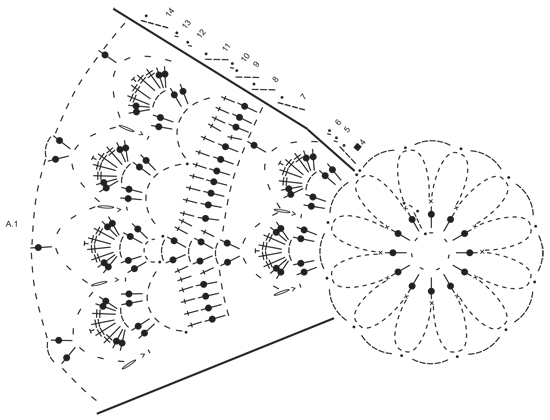 |
||||||||||||||||||||||||||||||||||||||||
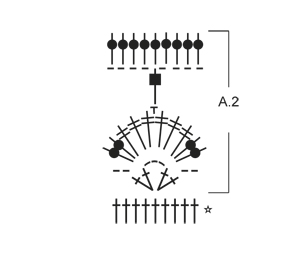 |
||||||||||||||||||||||||||||||||||||||||
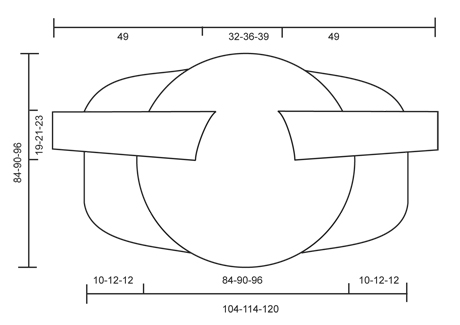 |
||||||||||||||||||||||||||||||||||||||||
Have you finished this pattern?Tag your pictures with #dropspattern #roscardigan or submit them to the #dropsfan gallery. Do you need help with this pattern?You'll find 11 tutorial videos, a Comments/Questions area and more by visiting the pattern on garnstudio.com. © 1982-2025 DROPS Design A/S. We reserve all rights. This document, including all its sub-sections, has copyrights. Read more about what you can do with our patterns at the bottom of each pattern on our site. |
||||||||||||||||||||||||||||||||||||||||







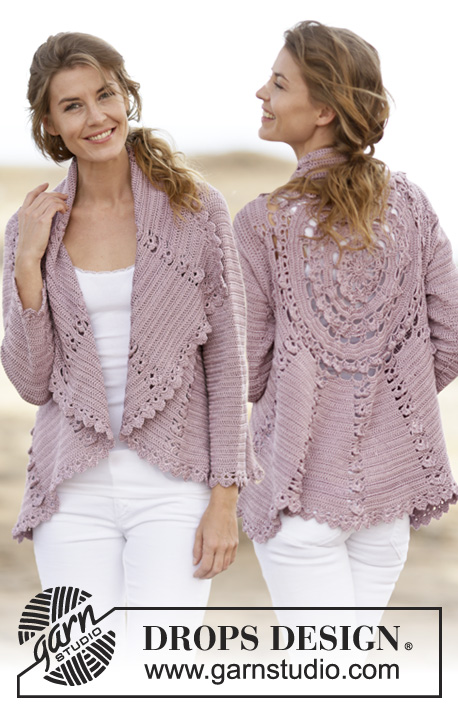
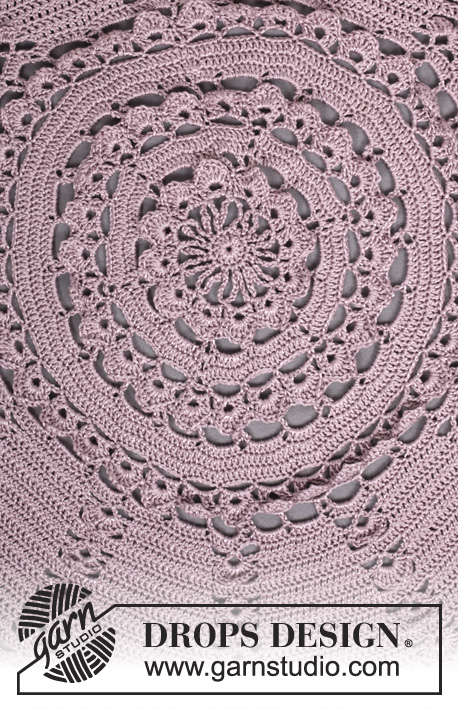

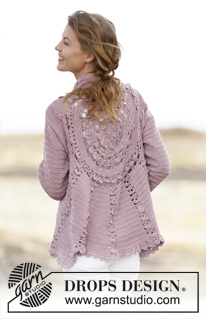
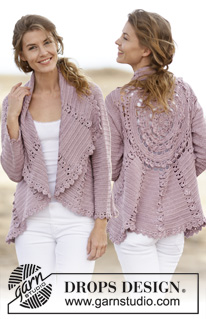



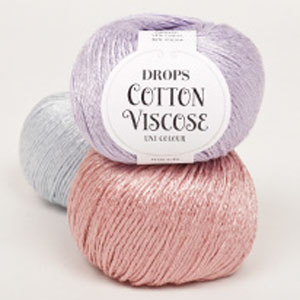


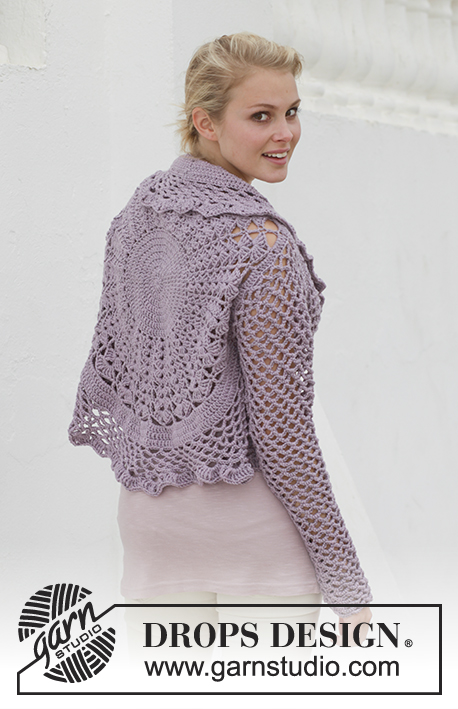


























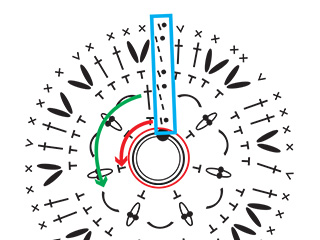





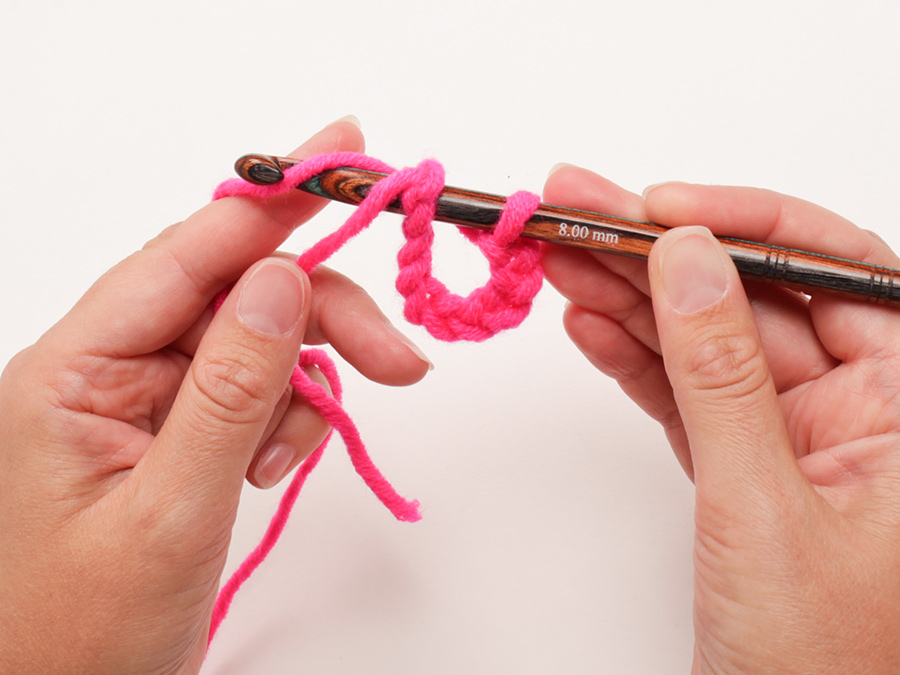


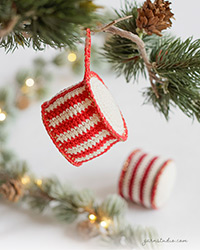





Post a comment to pattern DROPS 162-11
We would love to hear what you have to say about this pattern!
If you want to leave a question, please make sure you select the correct category in the form below, to speed up the answering process. Required fields are marked *.